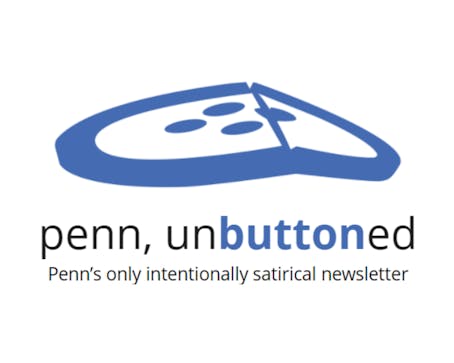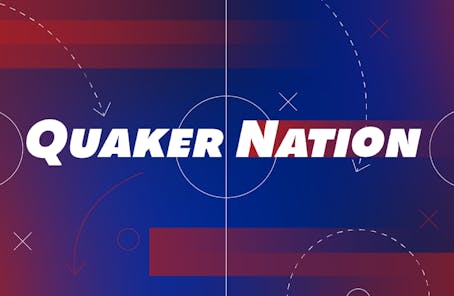NEWARK, Del.
It was 1905, and the defending national champion, Penn, was not the biggest story in college football.
That season, 18 college players died from injuries sustained on the gridiron, and the cries to increase safety in college football began.
The result, with a little help from President Theodore Roosevelt, was the organization that would eventually become the National Collegiate Athletics Association and make college football a safer playing environment.
Fast-forward 100 years.
The NCAA recognized another problem, this time an injustice. In August, the NCAA banned teams using Native American mascots from postseason play, citing the symbols as offensive and abusive.
Last night at the University of Delaware, NCAA President Myles Brand discussed the issue of Native American imagery among other topics in his speech entitled "College Sports as a Catalyst for Change."
"Somehow in America, we think it's acceptable to characterize and stereotype Native Americans," Brand said.
It is yet to be seen whether the NCAA initiative will lead to a change in the revolting stereotypes assigned to Native Americans in this country.
However, between the time of fixing the rules of college football and the time of the ban, the NCAA has taken on the characteristics of an institution that cannot even change itself for the better, much less serve as a catalyst for change.
It is an organization riddled with academic and monetary scandals at its member institutions that present serious integrity problems. However, the problems go beyond integrity into the realm of legitimacy.
According to Brand, the NCAA recently conducted an anonymous survey of college athletes in which 1.5 percent of Division I men's basketball players responded that they have accepted money from gamblers to change games.
The NCAA is an institution in which approximately half of its Division I-A football players are black; however only three of its 117 Division I-A football programs have black head football coaches -- down from five a year ago.
If the NCAA as it currently exists is a catalyst for social change, it is downright frightening to imagine where our society is headed.
Perhaps it is headed toward a society like the one in which the transgressions in a program are punishable at the expense of the offender's successors --athletes who were still in high school or even middle school when the violations took place.
Or maybe we're headed to a system like the one in which the governing body can't take control of its own postseason for its highest profile sport -- football.
This is not to say there has not been significant change to the NCAA in the last century.
In 1972, Congress passed Title IX, which opened the door for thousands of women to participate in college athletics who would have never had that opportunity before.
But the NCAA and its member institutions were not the catalysts for this change; rather it was the government's desire to see more women accepted at professional schools. The NCAA institutions were just the often-unwilling targets of the change.
The postseason ban for teams with Native American mascots is a good start, but the NCAA has a lot of work to do, and 100 years of lost time to make up, before it can truly be a catalyst for social change.
Zachary Levine is a junior mathematics major from Delmar, N.Y., and is sports editor of The Daily Pennsylvanian. His e-mail address is zlevine@sas.upenn.edu.
The Daily Pennsylvanian is an independent, student-run newspaper. Please consider making a donation to support the coverage that shapes the University. Your generosity ensures a future of strong journalism at Penn.
DonatePlease note All comments are eligible for publication in The Daily Pennsylvanian.







